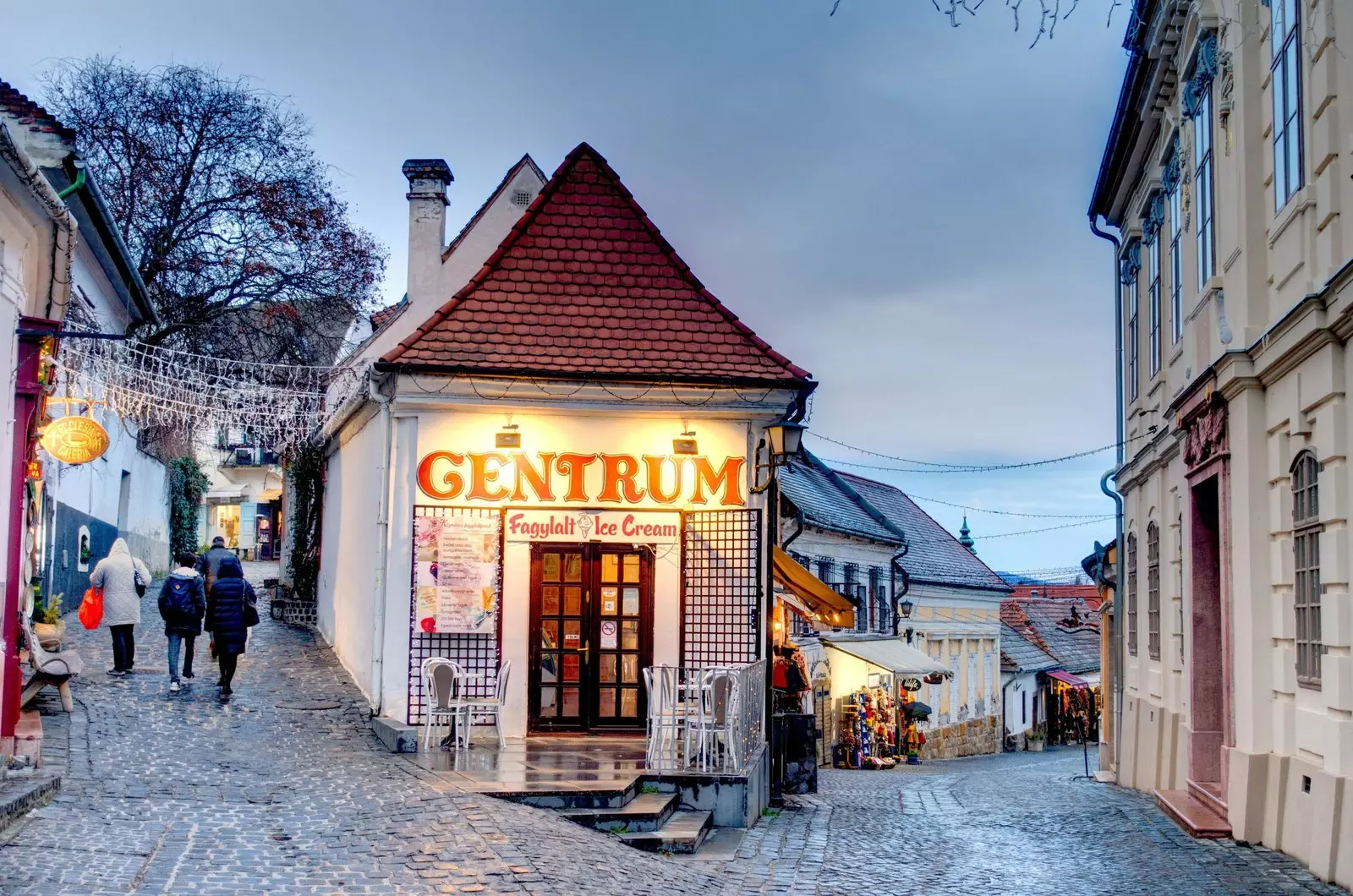
Szentendre, Balkan essence just a hop from Budapest
Churches with slender domes, pastel colored facades and art, lots of art. Yes with these three particularities Szentendre it was not in a small town overflowing with charm conquered by tourism , it is because something would have failed in the equation.
And it is that, although perhaps thus, a priori, this hungarian enclave with an unpronounceable name sounds rather little to you, it would have been a matter of time before you added it to your to do list shift. As soon as you had taken a look at one of his photos in the travel guide, you would have fallen at his feet.
The point is that one of the reasons that makes it such a crowded location, in addition to its recognized beauty, is because getting to this Hungarian jewel, just 20 kilometers from Budapest, involves something as simple as taking one of the HEV trains at Batthyány station . After 30 minutes of travel, and after having admired the landscape on the other side of the window from your sober Soviet-style seats, you will have arrived at your destination. Easy, right?
WITH YOUR FEET ON THE GROUND
it's time to walk . And you do it about her cobblestone floor —what would become of a charming town without its cobblestones — willing to let you soak in its aromas, its essence and, of course, its history. Let's start there.
Szentendre was first home of Celts, after Romans —who built an entire fortress—, Magyars and also Ottomans. After the latter were expelled from Hungary, large waves of Orthodox Christians from Serbia began to arrive in the area, already in the 18th century, fleeing from the conflicts in the Balkans.
Granted freedom of religious practice by the Habsburgs, it was precisely the latter who ended up giving the town a definitive turn. And how did they do it? Building beautiful churches —with even more beautiful cupolas— by cascoporro. Temples for the Christian faith that the passage of time has transformed into an object of desire for the many travelers who, when contemplating them, come to travel with their minds and for a moment, very far from Hungary.
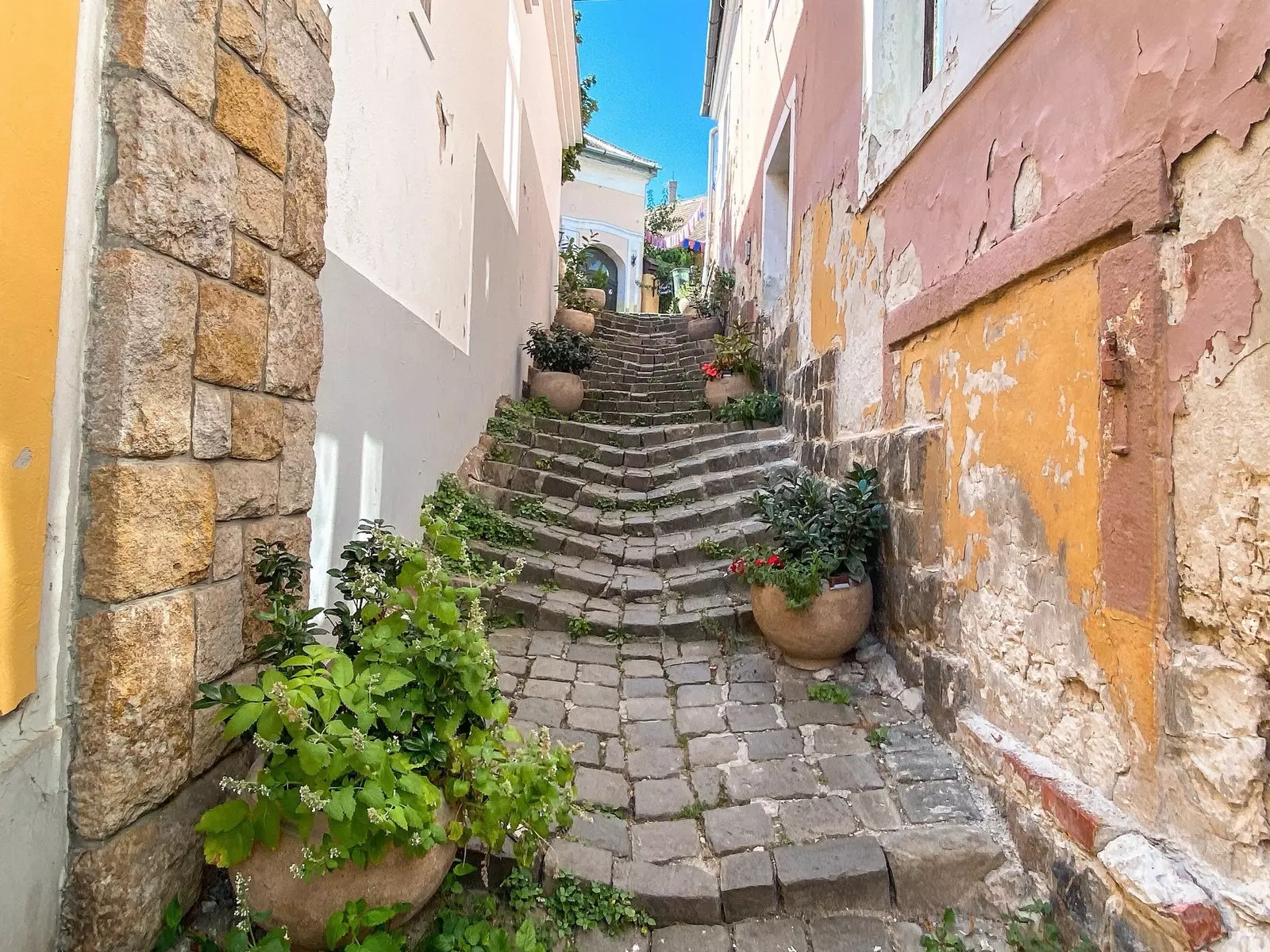
The magical streets of Szentendre
A short 10-minute walk from the train station takes you directly to the heart of Szentendre. Soon those postcard prints begin to appear. Because its squares and streets do not lack a detail: gabled and hipped roofs, wooden shutters, colorful buildings… and art —Did we already tell you?—, a lot of art!
An art shaped by the hands and sensitivity of local artists who arrived in droves years ago and settled without hesitation in this charming place. Today the town has been transformed into a whole a colony in which more than 150 artists live . At every step, at every corner, raid galleries, shops, antique shops, pottery centers or small museums.
And to prove it, the heart of szentendre Is the best option. Something you discover as soon as your steps take you to Fo Tér, its main square . there right away you are Witness how everyday life merges with that of those amateur photographers careful to capture every corner . The bourgeois houses of the 18th and 19th centuries that dot the space is what they have: they tempt. In the center stands a 18th-century commemorative cross made of iron, while in front of it is a church —obviously— that draws attention. In this case, that of Blagovestenska , rococo style.
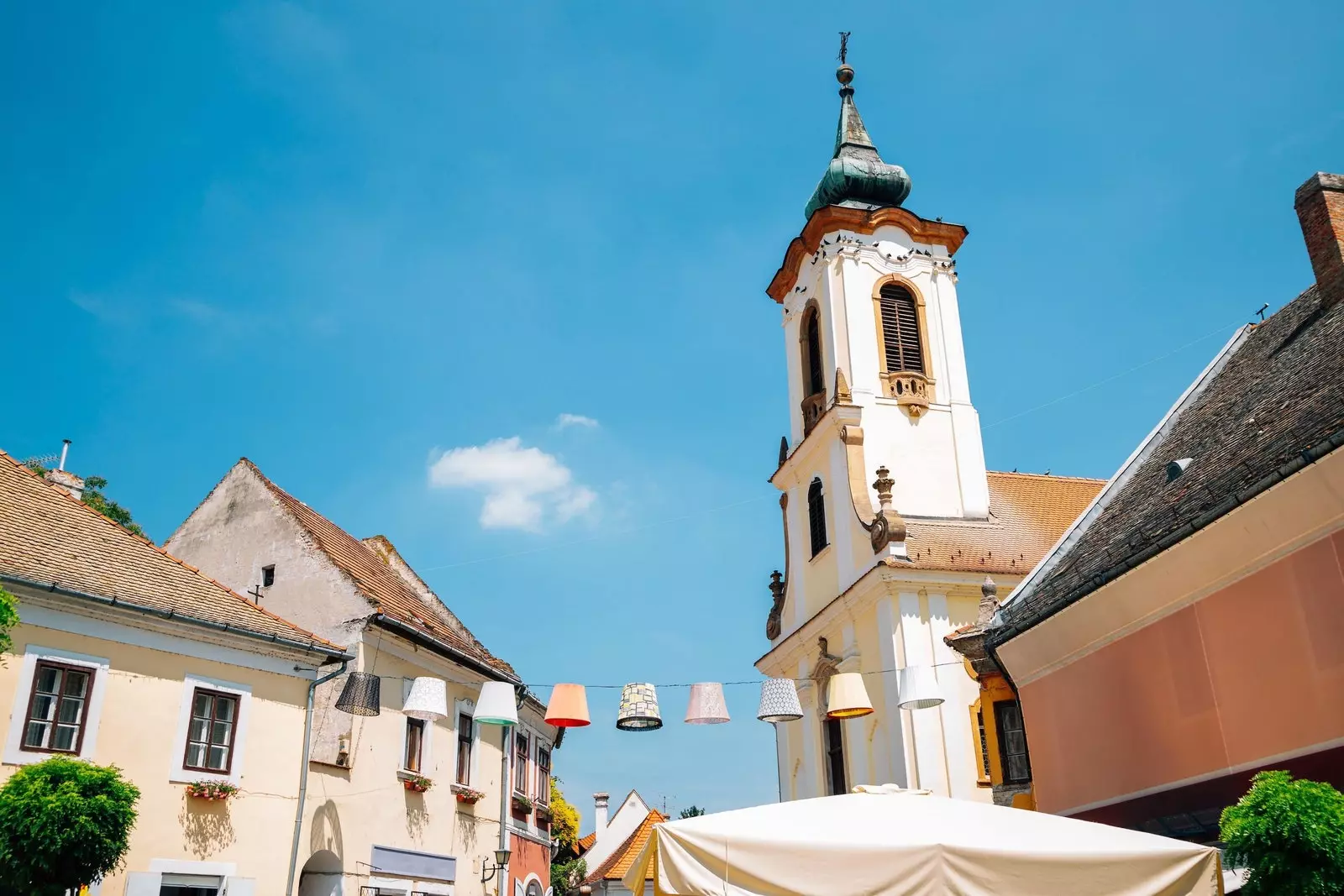
Blagovestenska Church
But we already said it, this is the town of art. And that is why, next to the church, there is a gallery: Szentendre Gallery . It occupies the enormous building that was once the House of Commerce , a complex of six independent houses but united since 1977 as a center belonging to the Ferenczy Museum —which has more art spaces scattered around the town— where temporary exhibitions are organized.
LET'S KEEP INQUIRING
Once you have explored the square, what you have to do is let yourself go. Bet on any of its narrow streets decorated with the most picturesque hanging beads that, clearly influenced by the fashion of the hipster neighborhoods in big cities , associated avant-garde with colored umbrellas, carnations and lanterns in every corner.
They are the ones who act as a guide, while the shop windows of their businesses force you to make technical stops constantly —you never know where the perfect souvenir might be. Along the pedestrian Dumtsa Jenö there are places like Ven Kécske Árt Galéria —the “Old Goat Gallery”—, whose postcards displayed at the entrance already warn that they have their own personality there. All the works in the form of ceramics and plates have been made by three local artists who joined together in this joint project a few years ago.
In the same street, the cafes and restaurants they display their army of small tables and chairs on the tables, where stopping to have a coffee becomes a pleasant idea. Strings of red peppers with which the popular paprika is made hang from windows and shelves in shops where the local product is what wins. A colorful pinwheel spins rapidly in the garden of a small house. In a side street, art reappears: a relief mural on the facade reveals the image of Lajos Vajda , famous Hungarian artist of the early 20th century who spent much of his life here. In the Péter Pal street, by the way, a multidisciplinary space that also works as an artists' atelier bears his name.
Embroidery and lace, pieces worked in wood and even Christmas beads -there is an entire store-museum dedicated to it- decorate facades and shelves in stores in the Bogdanyi street , which acts as a backbone. You just have to sneak through its alternate alleys to come across more galleries. With more art. Gallery, Erdesz Gallery, Palmetta Design Gallery —Shop of all kinds of objects with a contemporary design— or the Margit Kovács Ceramics Collection, dedicated to what she was probably the most renowned artist in town, are just some of them. Is it for options?
BEYOND ART
But of course, so much inspiration has to come to these artists from somewhere. And you will discover it by approaching, for example, the riverbank, hidden but present just two minutes' walk from the center of szentendre . Behind those pretty houses with old gates, small gardens and brown tiles, the flow of the Danube surprises: it is precisely here where the meander begins that twists and turns until reaching Budapest.
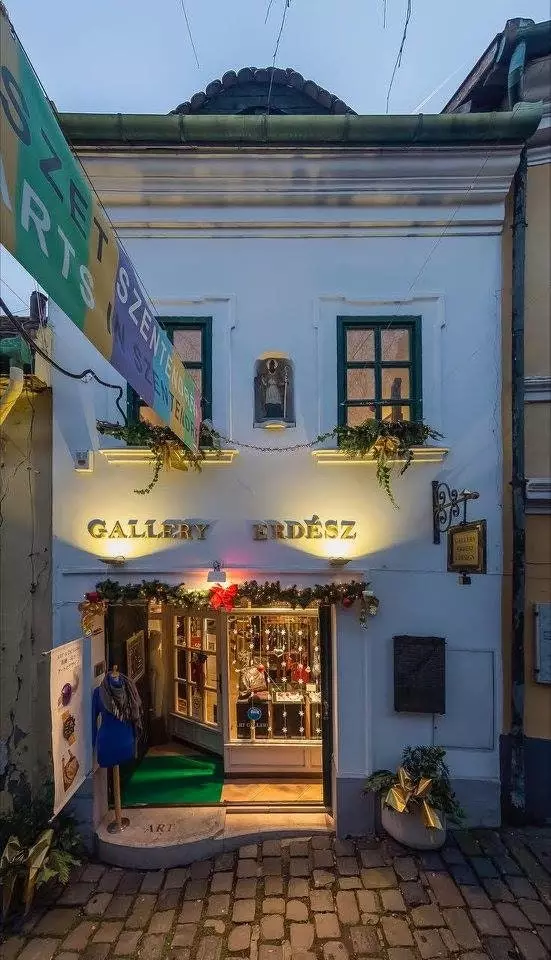
It is all full of art, artists and galleries
A walk along its riverbank is a good option, as is entering another of its iconic churches. Next to the main square, and semi-hidden in a courtyard, stands the burgundy facade of the Belgrade Cathedral, built in 1764 and seat of the Serbian Orthodox bishopric in Hungary. The visit is a must.
Another alternative, however, is to change course and climb to the heights. Alleys of dimensions so narrow that they become ridiculous and endless steps they take you to the top of Szentendre , where the view of the roofs with their lit chimneys —oh, that smell— and the bell towers of their churches, give you another of those pictures to remember. Small passages lined with stone connect some viewpoints with others in an incessant struggle to be the most charming corner.
In a small courtyard between houses you find your place: a small business in which, through a window, they prepare delicious langos, a kind of traditional Hungarian fried bread served with whatever you fancy, from cheese to icing sugar . A small sin with which to compensate for the walk.
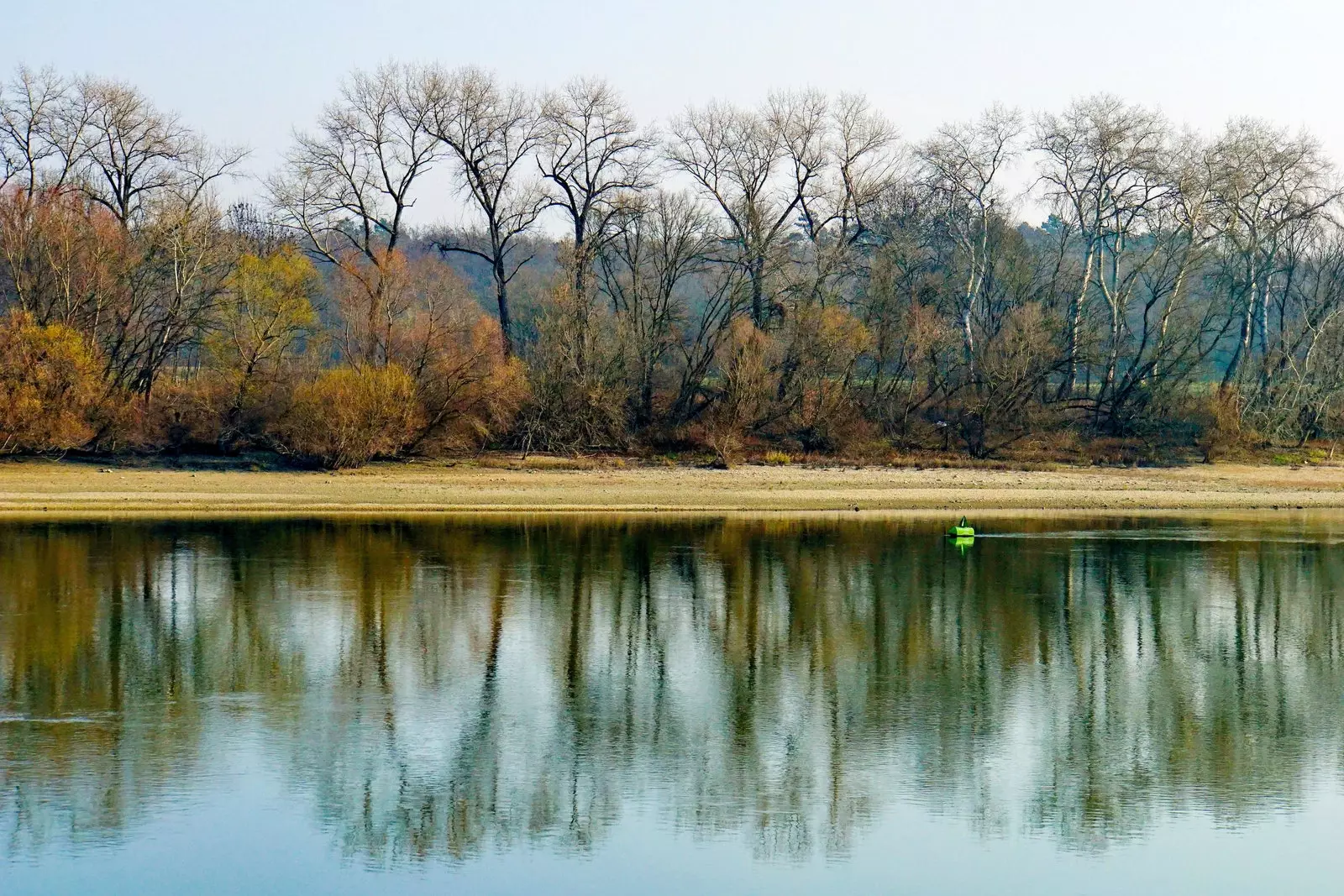
The magnificent surroundings of Szentendre
To rest from the getaway before returning to Budapest, how about one last stop? Café Dorothea is one of those small but cozy businesses, colorful but stylish, in which to drink something warm while jazz music plays in the background . The tiered terrace is ideal for days with good weather, but when Szentendre gets covered in snow – which it does, and then it is already bursting with beauty as it could be – its interior is the ideal shelter in which to shelter.
What a sweet pleasure this is to discover postcard towns.
